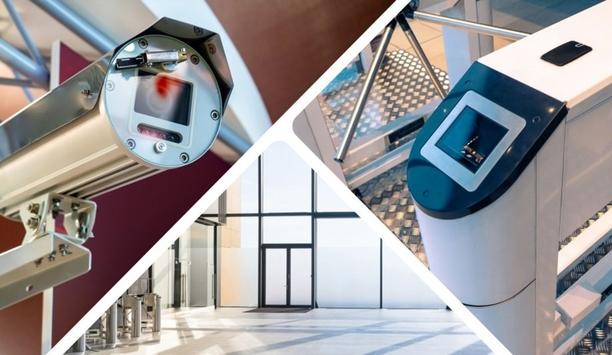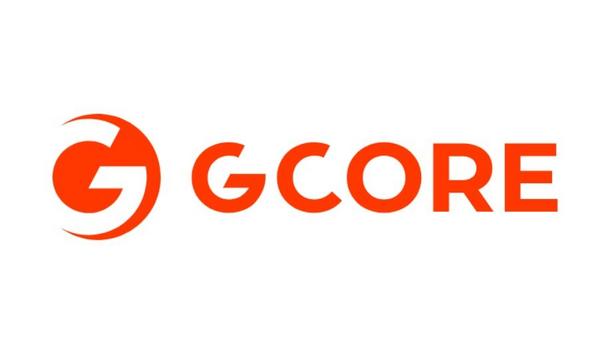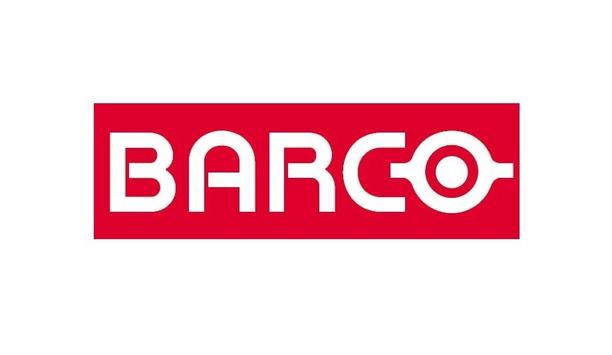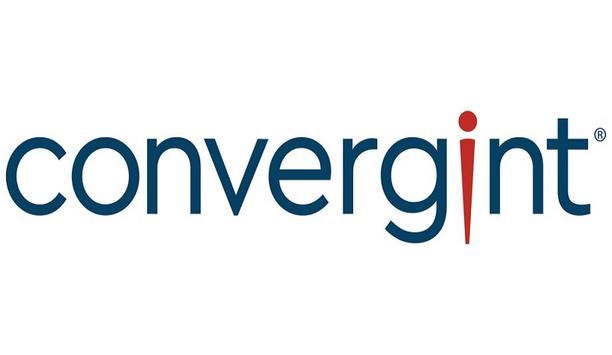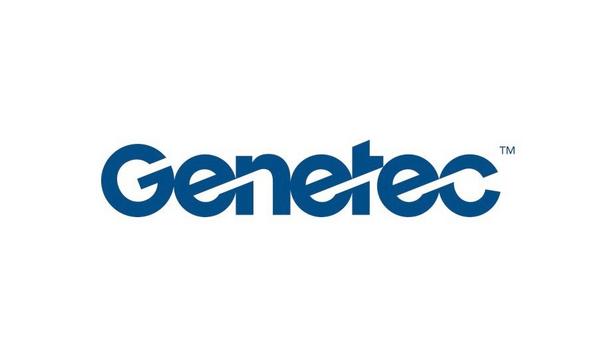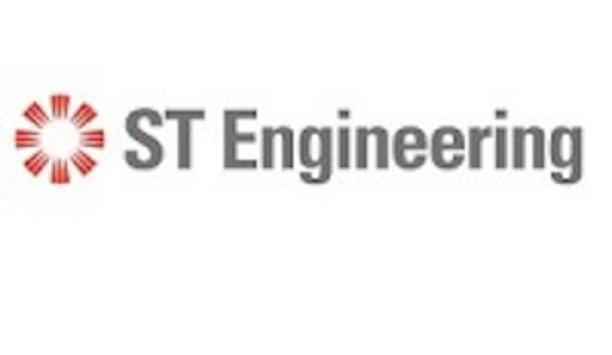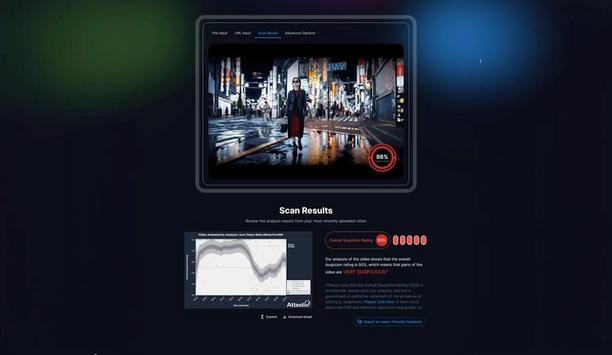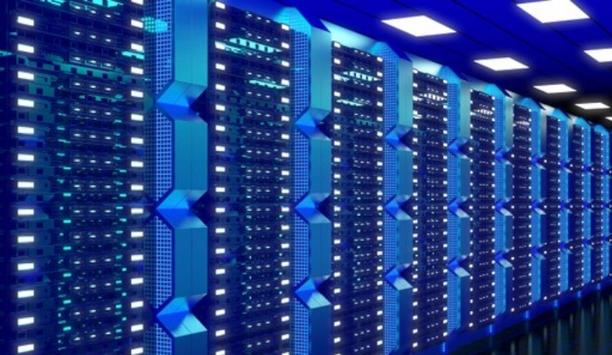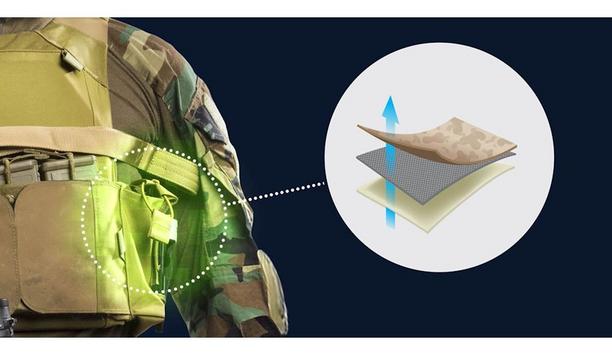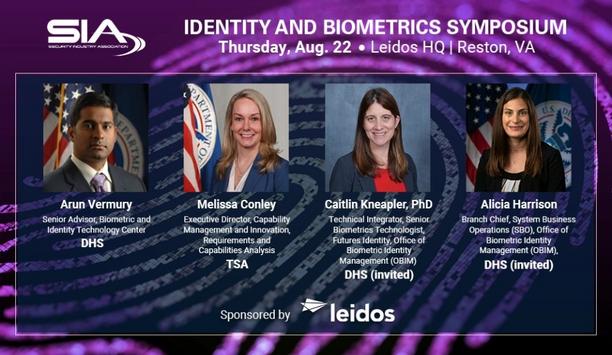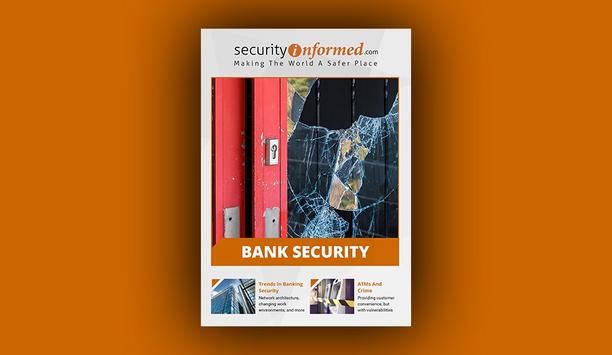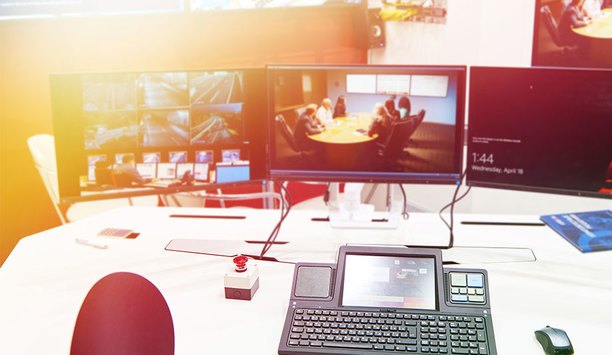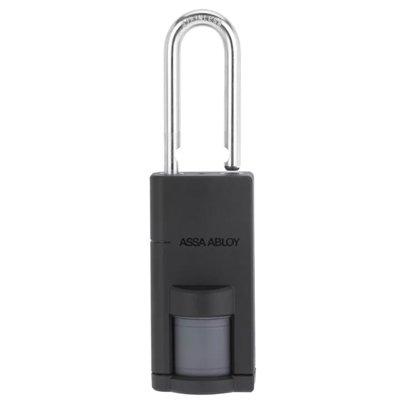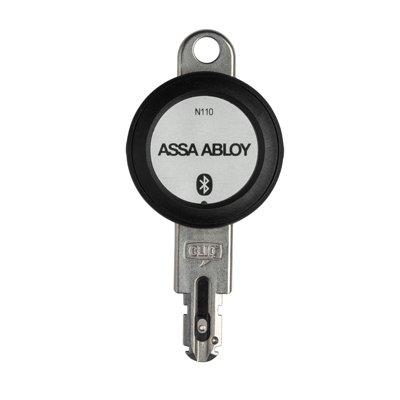Does “Security Technology” Cover The Broader Application Possibilities Of Today’s Systems?
Editor Introduction
The concept of how security systems can contribute to the broader business goals of a company is not new. It seems we have been talking about benefits of security systems beyond “just” security for more than a decade. Given the expanding role of technologies in the market, including video and access control, at what point is the term “security” too restrictive to accurately describe what our industry does? We asked the Expert Panel Roundtable for their responses to this premise: Is the description “security technology” too narrow given the broader application possibilities of today’s systems? Why?
The term “security technology” is very limiting in describing the applications of many of today’s systems. Biometric technologies are a good example. Iris, fingerprint and facial recognition systems started primarily as a way to authenticate the identity of a person requesting door access. While that’s still a common use, it’s now only the tip of the iceberg. Payroll solution providers are embedding iris recognition readers into their systems for card- and hands-free time and attendance. College and university students routinely use iris readers to purchase food and books without fumbling in a backpack for a smart card. In many nations, a person’s iris is replacing cards for obtaining healthcare and other social benefits, registering to vote and even acting as a national ID card. We’ll continue to see more innovative uses of biometrics as more public and private organizations think outside of the traditional security box.
It is fair to say the term “security technology” is overloaded. Those of us in the physical security world would interpret it as technologies applied in our industry, but I would guess that the vast majority in general would think of technology applied to secure ourselves against cyber-attacks. Of course, both are true. Today cameras and video management systems are way more than just devices to protect property and people. A camera is the richest data sensor available, and we are starting to see some very creative and focused uses of cameras as a data source. Video management systems (VMSs) for certain markets are no longer focused on showing the video as a primary viewpoint, but instead on showing an aggregation of the data. The information gathered by these cameras are the oil to the management system’s combustion engine. How fast can we get this engine to take us?
The term “security technology” presents a challenge for sales and marketing professionals who need to differentiate products and services to reach their target audiences. Consider surveillance: While it’s not exclusively security managers that we need to talk to, they are critical in most buying chains. In the retail sector, for instance, many surveillance manufacturers differentiate by offering end-to-end lineups encompassing cameras, video management software, integration with point-of-sales systems, plus analytics. In this sector, analytics often benefits marketing departments – which gives more selling opportunities for security suppliers. However, security and loss prevention managers remain the key purchasers. Surveillance in retail is still primarily implemented to improve security and safety. Benefits beyond this are often considered value-added. As long as there’s strong demand for new/upgraded surveillance systems for security, it doesn’t make sense to abandon the term “security technology” but rather to expand upon the proposition for end users.
Looking to maximize their investments in security equipment, customers are finding new ways to spread the costs across multiple departments. The results have led to interesting nontraditional uses of security technology. Retail marketing departments use security cameras to monitor shoppers’ reactions to new product displays. Cameras enable contractor compliance officers to show employees are meeting government safety requirements. Video intercoms let administrators from academic departments at a college for the hearing-impaired communicate using American Sign Language. As employees arrive and leave a manufacturing facility, an access control system keeps track of their time for human resources. These are only a few of the non-traditional uses. The design and use of new and existing products aren’t being hindered by the phrase “security technology.” It’s no longer wholly accurate, but it will do until we can agree on a better term.
The description “security technology” has definitely become far too narrow in recent years. It is more accurate to consider these systems in wider terms of technology that enhances the security of assets/information and the monitoring of areas that need protection. Physical and logical security have also become firmly entwined, particularly as the Internet of Things (IoT) has become more popular. This makes it essential to ensure the application of strict security principles to any IoT devices, ensuring there are no weak links that could be exploited by nefarious individuals or organizations. The advent of full smart homes/offices/cities will naturally require even more secure systems. The application of new technologies is required to secure once humble devices that would never have posed any level of risk before. Security evolution is nothing new of course, consider the progression from lock and key, to card access to biometric systems and beyond.
With the level of interoperability between systems, I would agree that the term "security technology" is too narrow for the work many manufacturers are doing. Many solutions on the market today do far more than keep a facility secure. For example, access control and building management solutions are now intelligent enough and able to share information to make a building more efficient, such as changing the temperature setting when no one is present in a building, saving on lighting, etc. Another example is the integration of event management through an access control solution. In higher education facilities, this means students can request access to specialized study spaces or rooms through an event management system that communicates with the access control system. This works in a number of verticals, like multi-unit housing facilities and recreational locations, too (to reserve a space on a tennis court as an example).
The possibilities in today's security landscape go well beyond simply "security technology," encompassing business intelligence, intelligent traffic management, smart buildings, smart cities, AI-driven decision-making for officials, and so much more. To that end, security – especially video surveillance – has begun to permeate all departments of organizations and public agencies, including IT, marketing, building operations, facility management, etc., greatly increasing the types of people that physical security officials must collaborate with. As a result, investment in security technology is becoming less of a cost-centric expenditure and more of an investment in the future of the business and its operations, helping to streamline decision-making and oversight. The application possibilities are only going to grow from here.
Absolutely – especially for access control, which is no longer regarded simply as a mechanism for securing doors, data and other assets, but now also plays a pivotal role in transforming the user experience. Yes, the trusted identity inside today’s smart cards is still used to authorize where people can go and what they can use. But when it is carried on a smartphone and connected through the cloud and IoT to building resources, this same trusted identity that opened the parking gate, front door or elevator for an employee can do much more, such as helping facility managers better understand overall building usage for workplace optimization and providing users with location services for directional assistance. In the future, this same credential could also be used for alerting the building to configure an employee's office’s temperature and lighting before arrival. Using trusted IDs in cloud-based solutions offers virtually limitless potential.
Editor Summary
Our Expert Panelists make a strong case that the term “security technology” is too restrictive given the many ways that our industry’s products and systems operate in today’s enterprises. However, currently it still seems as if many of the new uses are seen as a value-add and that security and safety are still the core motivation for embracing the technologies. So as one panelist put it: Although the term is “no longer wholly accurate, it will do until we can agree on a better term.”
- Related companies
- Aiphone
- Vanderbilt Industries
- HID
- Pelco, Inc
- TDSi
- Oncam
- Iris ID Systems, Inc
- IDIS
- Related links
- ACT Access control software
- ACT Intercom Systems
- Aiphone Access control software
- Aiphone Intercom Systems
- HID Access control software
- IDIS Video Surveillance software
- IDIS Surveillance cameras
- Oncam Video Surveillance software
- Oncam Surveillance cameras
- Pelco Surveillance cameras
- Pelco Video Surveillance software
- Progeny Access control software
- TDSi Access control software
- TDSi Mechanical digital locks
- TDSi Video Surveillance software
- TDSi Surveillance cameras
- ACT Access control readers
- ACT Electronic lock systems
- Aiphone Access control readers
- HID Access control readers
- IDIS IP cameras
- Oncam IP cameras
- Pelco IP cameras
- Progeny Electronic lock systems
- Progeny Access control readers
- TDSi IP cameras
- TDSi Access control readers
- TDSi Electronic lock systems
- ACT Access control cards/ tags/ fobs
- Aiphone Access control cards/ tags/ fobs
- HID Access control cards/ tags/ fobs
- Progeny Access control cards/ tags/ fobs
- TDSi Access control cards/ tags/ fobs
- View all news from
- Aiphone
- Vanderbilt Industries
- HID
- Pelco, Inc
- TDSi
- Oncam
- Iris ID Systems, Inc
- IDIS
Expert commentary
Security beat
Security bytes
- Getting To Know Dan Grimm, VP And General Manager Of Computer Vision At RealNetworks
- Big Wins And The Importance Of Showing Up: Insights From SecurityInformed.com Editor Larry Anderson
- Setting Goals, Business Travels And Radioactivity: Success Secrets From Tiandy's John Van Den Elzen
- Getting To Know Jeff Burgess, President/CEO At BCDVideo
Healthcare security articles
Rapid technological advancement, artificial intelligence (AI) and machine learning (ML) are revolutionizing traditional on-premises video security systems. These next-level tools are not just enhancin...
Milestone Systems, a global pioneer in video technology, is at the forefront of the video security industry, emphasizing responsible technology innovation across its operations. The company will host...
i-PRO Co., Ltd. (formerly Panasonic Security), a global pioneer in professional security solutions for video protection and public safety announced the establishment of a comprehensive AI governance f...
Gcore, the global edge AI, cloud, network, and security solutions provider announced the launch of Gcore WAAP, its end-to-end web application and API protection solution. Gcore WAAP Leveraging advan...
Barco, a global pioneer in visualization and collaboration solutions, is proud to announce its pivotal role in shaping the visitor experience for the Belgian pavilion at Expo 2025 in Osaka. Bar...
King Faisal Specialist Hospital & Research Center (KFSHRC) is at the forefront of the healthcare AI revolution. Since 2019, the hospital's dedicated AI center has been developing innovative applic...
Convergint, a global pioneer in service-based systems integration, today announced that it has acquired Esscoe, a premier provider of mission-critical security and fire and life safety systems in the...
Huffmaster Management (Huffmaster), the provider of choice for Fortune 500 companies seeking strike services, industrial and healthcare staffing, security services, and more, announced the intern...
Genetec Inc., a pioneering technology provider of unified security, public safety, operations, and business intelligence solutions, announced the introduction of a new I/O module to its portfolio of h...
Konica Minolta Europe and Kepler Vision Technologies announce European cooperation in the healthcare sector. Kepler has developed the AI-based Night Nurse solution used in Konica Minolta’s MOBOT...
ST Engineering spotlighted over 20 AI-powered solutions at its InnoTech Conference 2024, expanding AI’s uses and benefits for businesses and critical sectors. Notable AI applications include adv...
Fake videos of celebrities, politicians, and business pioneers have morphed from an amusing novelty on social media to a pervasive threat across all digital platforms that can potentially impact marke...
With cybercrime rising and new cybersecurity legislation tabled by the UK government, BM TRADA is encouraging businesses to achieve ISO 27001 certification sooner rather than later to safeguard inform...
Tquila Automation, an emerging technology consultancy specializing in intelligent automation, is thrilled to announce its expansion into data and artificial intelligence services. This marks a signifi...
FLIR Systems, Inc. announced it has won a contract with the Defense Advanced Research Projects Agency (DARPA) to rapidly develop novel fabrics with embedded catalysts and chemistries that can fight an...
The Security Challenges Of Data Centers
DownloadSecurity Practices For Hotels
DownloadAccess Control System Planning Phase 2
DownloadSIA Identity and Biometrics Symposium
DownloadBank Security
DownloadASSA ABLOY Aperio P100 Padlock
Climax Technology TouchPanel-3
ASSA ABLOY eCLIQ Electronic Key For Enhanced Building Security










